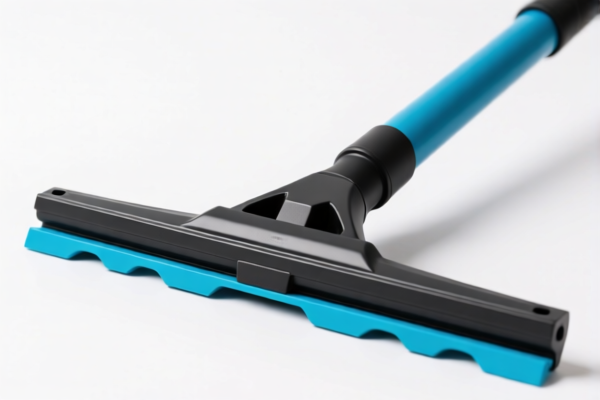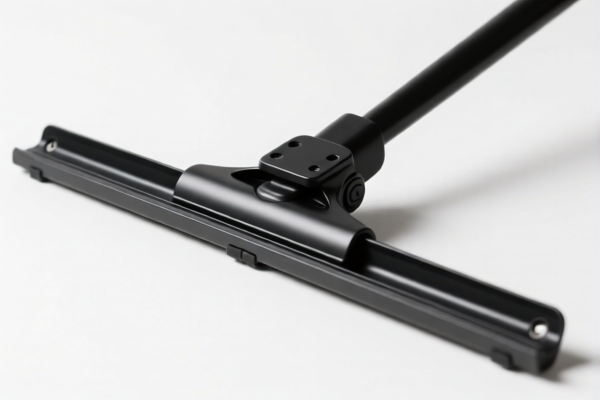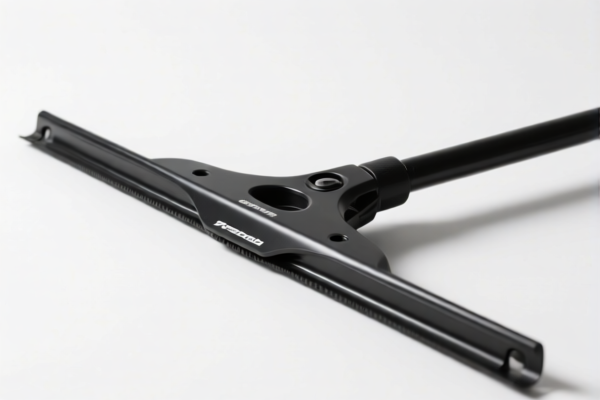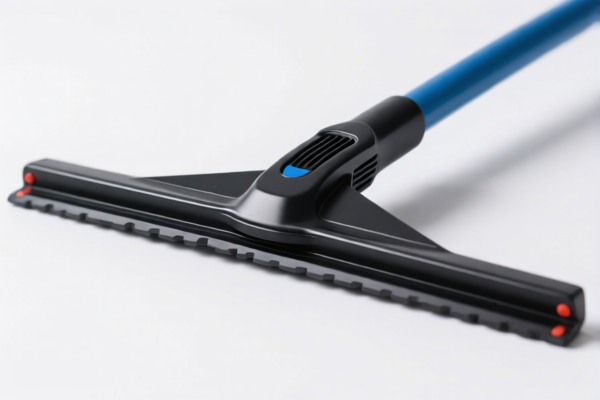| HS Code | Official Doc | Tariff Rate | Origin | Destination | Effective Date |
|---|---|---|---|---|---|
| 7004905000 | Doc | 60.0% | CN | US | 2025-05-12 |
| 7004205000 | Doc | 62.2% | CN | US | 2025-05-12 |
| 7020006000 | Doc | 60.0% | CN | US | 2025-05-12 |
| 7020003000 | Doc | 55.0% | CN | US | 2025-05-12 |
| 8306300000 | Doc | 82.7% | CN | US | 2025-05-12 |
| 8306100000 | Doc | 35.8% | CN | US | 2025-05-12 |
| 4806400000 | Doc | 55.0% | CN | US | 2025-05-12 |
| 4806100000 | Doc | 55.0% | CN | US | 2025-05-12 |
| 4823906000 | Doc | 55.0% | CN | US | 2025-05-12 |
| 4823907000 | Doc | 55.0% | CN | US | 2025-05-12 |




Glass Wiper
A glass wiper, also commonly known as a windshield wiper or screen wiper, is a device used to deflect rain, snow, ice, and debris from a vehicle's windshield. It ensures clear visibility for the driver during inclement weather.
Material:
- Blade: Traditionally made of natural rubber, modern blades increasingly utilize synthetic rubber compounds (such as silicone) for increased durability and performance.
- Arm: Typically constructed from steel, providing structural rigidity and flexibility. Some arms incorporate plastic components for reduced weight and corrosion resistance.
- Housing/Mechanism: Generally made of metal and plastic, housing the motor and linkage system.
Purpose:
The primary purpose of a glass wiper is to remove precipitation and obstructions from the windshield, maintaining a clear view for the driver. This enhances safety by improving visibility and reducing the risk of accidents.
Function:
A glass wiper operates through a motor-driven linkage system. The motor pivots the wiper arm back and forth across the windshield, pressing the blade against the glass surface. The blade's spring tension ensures consistent contact, effectively sweeping away water, snow, and other debris. Most systems offer variable speed control, allowing the driver to adjust the wiping frequency based on the intensity of the precipitation. Many modern vehicles include automatic rain sensors that activate the wipers independently.
Usage Scenarios:
- Rainy Weather: The most common application, removing rainfall to maintain visibility.
- Snowy/Icy Conditions: Removing snow and ice buildup to clear the windshield. Heated wiper blades are available for faster ice removal.
- Dust/Debris Removal: Clearing dust, dirt, and insect splatters from the windshield.
- Washing Fluid Application: Integrated spray nozzles often dispense washing fluid to loosen stubborn debris before wiping.
Common Types:
- Conventional Wiper Blades: The most common type, featuring a single, continuous rubber blade.
- Beam Blades: Feature a segmented, frameless design, conforming better to the windshield's curvature for improved contact and performance. Often perform better in snow and ice.
- Hybrid Blades: Combine features of conventional and beam blades, offering a balance of performance and affordability.
- Winter Blades: Designed specifically for harsh winter conditions, with a heavier-duty rubber compound and a protective boot to prevent ice buildup.
- Rear Wipers: Smaller wipers installed on the rear window of vehicles, improving visibility when reversing or driving in inclement weather.
- Pantilated Wipers: A wiper with a built-in fan to dry the windshield after wiping.
The declared goods, “glass wiper,” can be understood as a cleaning tool designed for glass surfaces. Based on its function and application, the following HS codes are relevant:
- 7004905000: Drawn glass and blown glass, in sheets, whether or not having an absorbent, reflecting or non-reflecting layer, but not otherwise worked: Other glass: Other. This code covers various types of glass sheets that haven’t undergone significant processing beyond drawing or blowing. If the glass wiper utilizes a simple glass sheet as its core component, this HS code may be applicable. The total tax rate is 60.0%, comprising a 5.0% base tariff and a 25.0% additional tariff, increasing to 30.0% after April 2, 2025.
- 7020006000: Other articles of glass: Other. This is a broad category for glass articles not specifically classified elsewhere. If the glass wiper is manufactured as a complete article and doesn’t fall under other specific glass classifications, this HS code could be considered. The total tax rate is 60.0%, consisting of a 5.0% base tariff and a 25.0% additional tariff, increasing to 30.0% after April 2, 2025.
- 8306300000: Bells, gongs and the like, nonelectric, of base metal; statuettes and other ornaments, of base metal; photograph, picture or similar frames, of base metal; mirrors of base metal; and base metal parts thereof: Photograph, picture or similar frames; mirrors; and parts thereof. If the glass wiper incorporates a frame made of base metal, this HS code may be relevant. The total tax rate is 82.7%, including a 2.7% base tariff and a 25.0% additional tariff, increasing to 30.0% after April 2, 2025, with an additional 25% tariff on steel or aluminum products.
Important Note: The classification of “glass wiper” depends heavily on its composition and manufacturing process. If the wiper contains metal components, HS code 8306300000 should be considered. If it is primarily a glass article, HS codes 7004905000 or 7020006000 may be more appropriate.
Customer Reviews
No reviews yet.